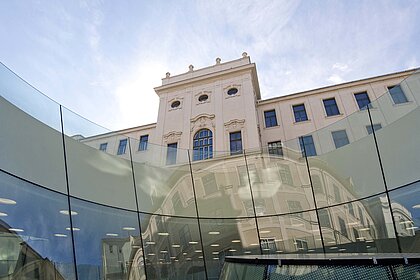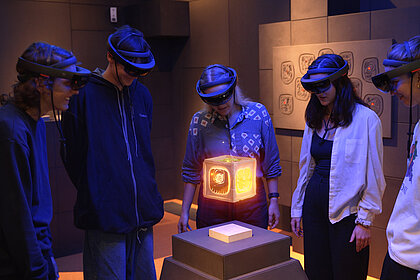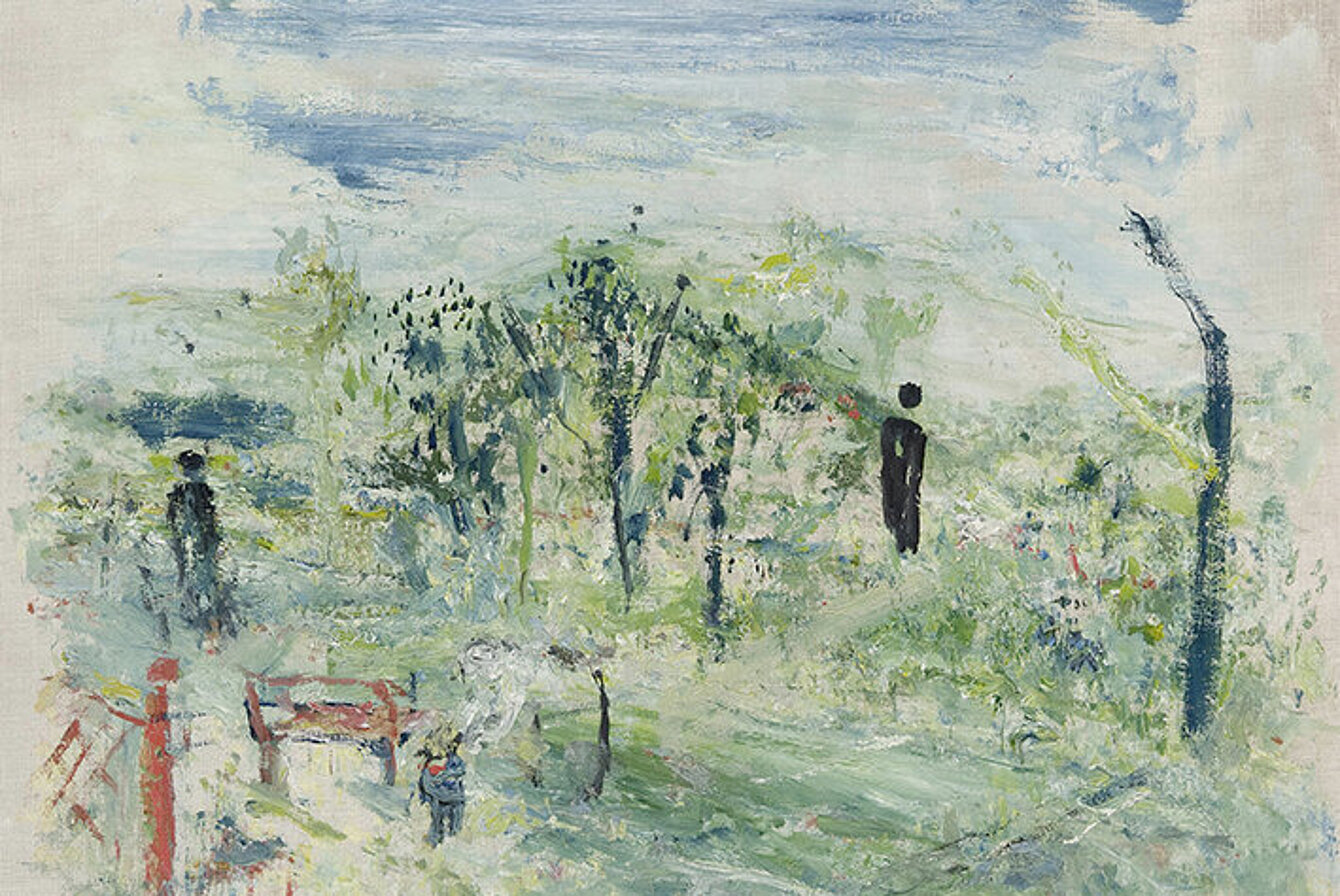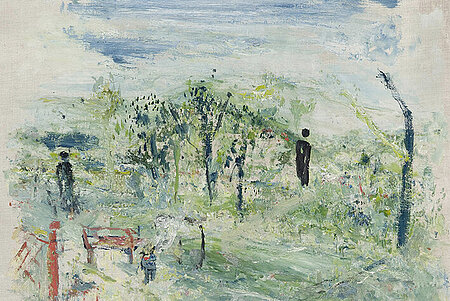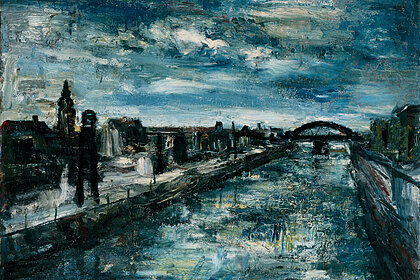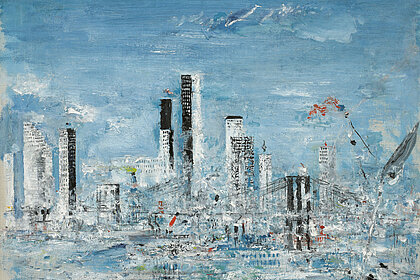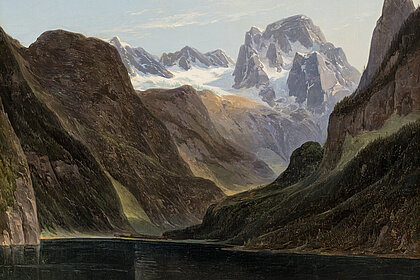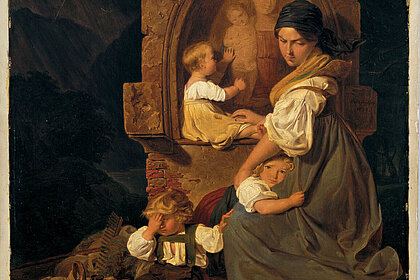With its selection of landscape painting from c.1800 to 1950, the aim of the exhibition is not to provide a synopsis of the history of styles in this genre of painting. Instead, the concept of “Landscape” is viewed more broadly, implying more than the portrayal of external reality in pictures. Landscape in this context is seen as a construct that arises from the manifold interactions between the world, originally a natural phenomenon in history, and the people who inhabit it. By means of their perception, emotions, interests, ideas, investigations and uses, people form a wide range of different images of their world in the cultural process, images that in turn affect and construct this world.
While the order of the paintings follows the basic timeline, they also form groups that illustrate certain image patterns, ranging from the ideal landscapes from around 1800 to the more realistic ones from the middle of the century, that reflect the use of the landscape for the purposes of tourism, to moving landscapes exploring weather phenomena. Paintings created in distant lands testify to the new opportunities of travel in the industrial age, while the close of the century preferred intimate, close-up details of the landscape. With the aid of his condensed, abstract style, Wilhelm Thöny, finally, presents longed-for landscapes such as the French Provence, but also modern cities such as Paris or New York.








